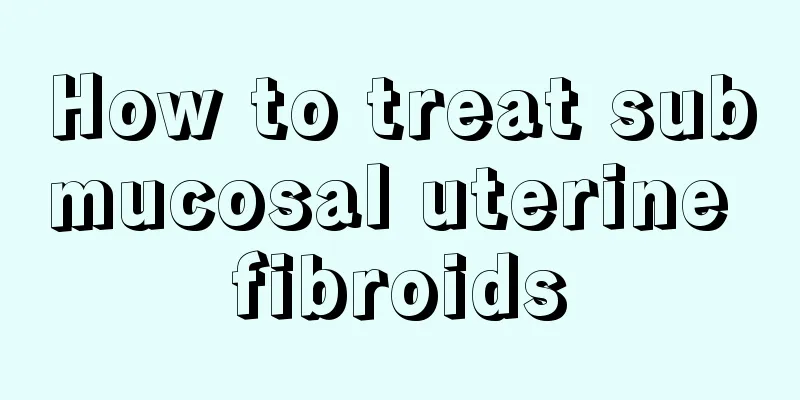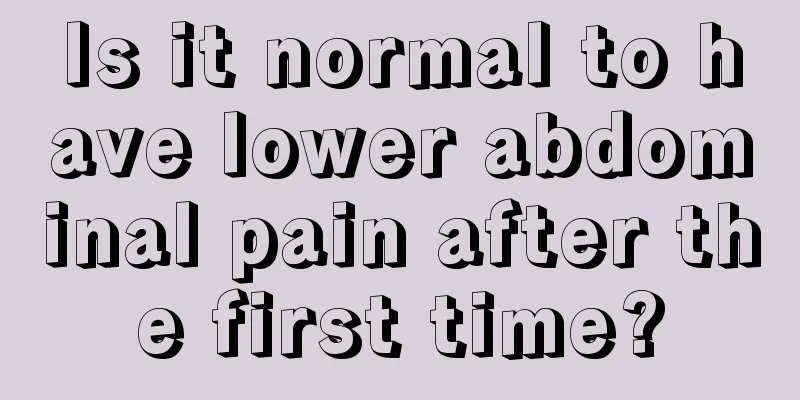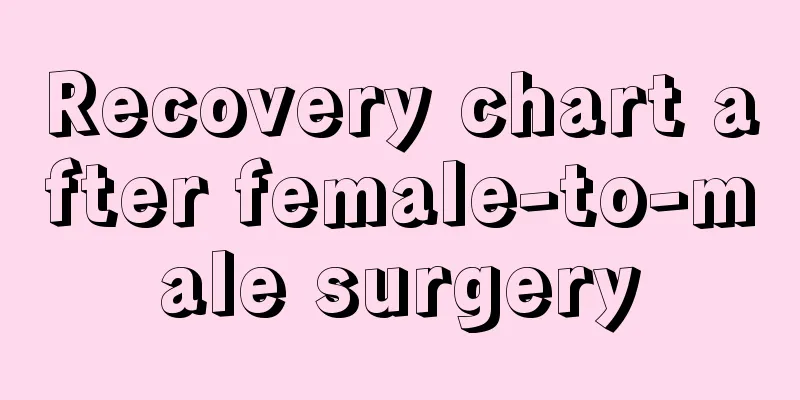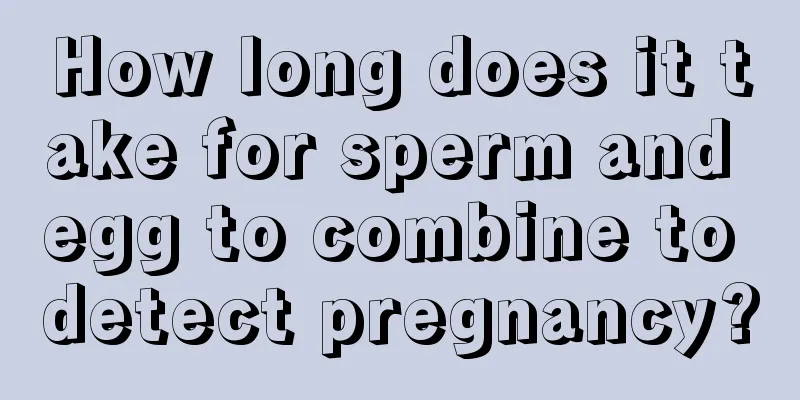How to treat submucosal uterine fibroids

|
Submucosal uterine fibroids are actually a type of symptom of uterine fibroids. For patients, if they want to effectively reduce the impact of these uterine fibroids or reproductive diseases, they need to adopt scientific and effective treatment plans. 1. Expectant treatment Suitable population: patients aged 40-50 years and above, who have begun to experience menopause and have no obvious clinical symptoms such as excessive bleeding and pain. Specific method: No drugs or other treatments are needed. Gynecological internal examination and B-ultrasound examination are performed every 3 months. If the tumor does not grow rapidly and the bleeding and pain symptoms do not worsen, we can expect the uterine fibroids to gradually shrink as age increases and sex hormone levels decrease. 2. Medication Advantages: Current conservative treatment is mainly based on drug therapy, which can avoid the pain and sequelae caused by surgery. Generally, if drug treatment is not ideal, minimally invasive or surgical treatment will be considered. Chinese medicine treatment: regulates the endocrine system and microcirculation of female patients, regulates blood and qi, disperses stasis and resolves stagnation, and eliminates uterine problems from the source 3. Hysterectomy Applicable population: patients with large fibroids, severe symptoms, ineffective conservative treatment or malignant diseases. Advantages: This surgery completely removes the uterus and eliminates its symptoms. Disadvantages: The patient loses fertility and no longer has menstruation. 34% of women experience ovarian failure and menopausal symptoms within 2 years after surgery. Hysterectomy affects the integrity of the pelvic floor, shortens the vagina, and has a certain impact on sexual life. After hysterectomy, premature ovarian failure leads to decreased estrogen and increased cardiovascular morbidity. Patients are prone to adverse reactions such as obesity, hypertension, heart disease, and osteoporosis. Patients need 4-8 weeks to recover after surgery. 4. Laparoscopic myomectomy Advantages: Small incision, less pelvic adhesion formation; fast postoperative recovery, most patients can walk and eat in the afternoon of the day of operation; less wound pain and postoperative fever, seldom need sedatives and analgesics; small and beautiful incision, in line with the aesthetic psychology of young people; shortened hospitalization time, generally patients can be discharged from the hospital 48 hours after surgery. Disadvantages: It is ineffective for larger (over 5 cm) submucosal fibroids. |
<<: Will a corpus luteum cyst go away on its own? Women, please take a closer look
>>: Can I eat bananas after medical abortion?
Recommend
What is the flower language of Chlorophytum? How to propagate Chlorophytum?
Among green plants, spider plants are very easy t...
"Please help me remove the tumor!" The 88-year-old uncle was determined. This operation made his wish come true.
Can I still have surgery when I am old? This is a...
Age when girls lose their baby fat
A baby face has a chubby face, like a baby, but i...
How to read the early pregnancy test paper
Early pregnancy test strips are a relatively conv...
How long does it take for a pregnant woman to eat old hens?
The bodies of most pregnant women are relatively ...
Does olive oil help you lose weight or gain weight? What is the principle behind olive oil's ability to help you lose weight?
Through our previous introductions, everyone shou...
How to care for cesarean section scars
As people's living standards continue to impr...
What does the first guardian of the “test tube baby” do?
What does the first guardian of the “test tube ba...
There are many causes of intestinal fistula, and intestinal fistula caused by surgery is the most common!
Author: Li Yuanxin, Chief Physician of Beijing Ts...
What is the difference between honey tangerine and sugar tangerine? What happens if you eat too much sugar tangerine?
As the name suggests, the tangerine peel is not s...
What are the effects of women smoking on their fetus?
Life is stressful nowadays. Both men and women ar...
Can pregnant women take Yunnan Baiyao? How to distinguish the authenticity of Yunnan Baiyao toothpaste?
Yunnan Baiyao, a specialty of Yunnan Province, is...
Pictures of cervical erosion discharge
Cervical erosion is a gynecological disease that ...
Why does the poinsettia only grow leaves but no flowers? How to remedy the problem of the poinsettia only growing leaves but no flowers?
Poinsettia is a common flower plant in life. It i...
Can gynecological diseases cause abdominal bloating?
There are many types of gynecological diseases am...









